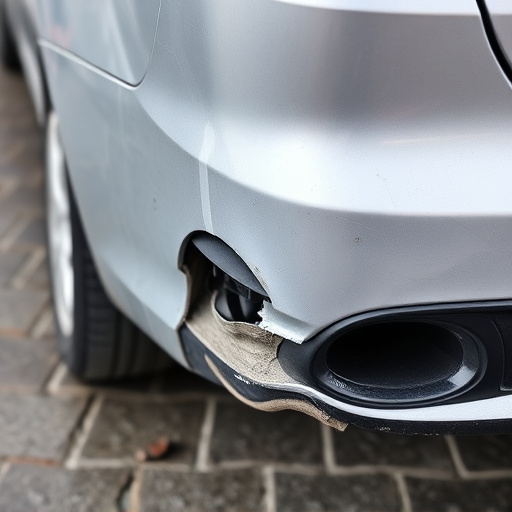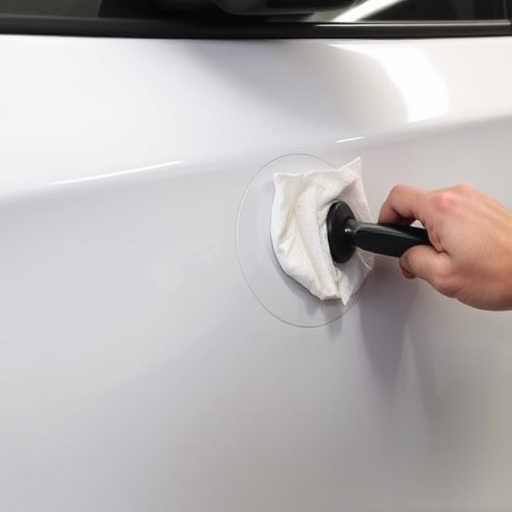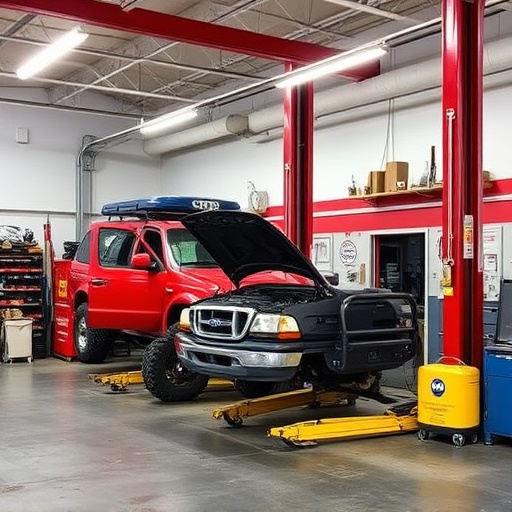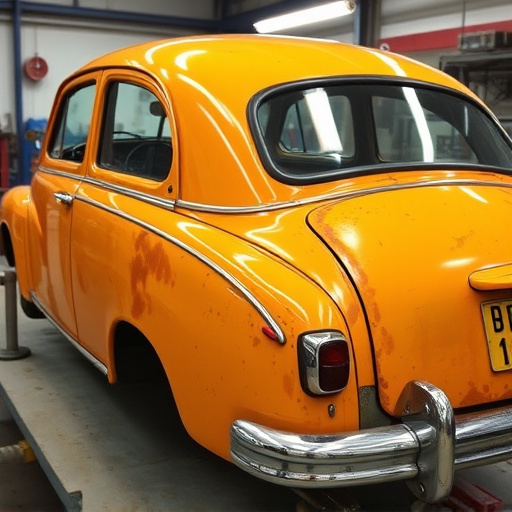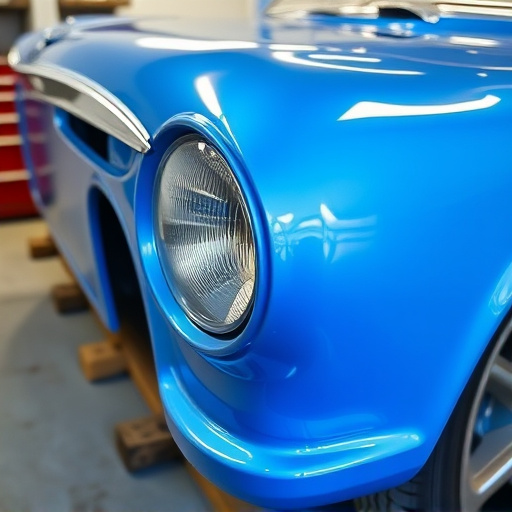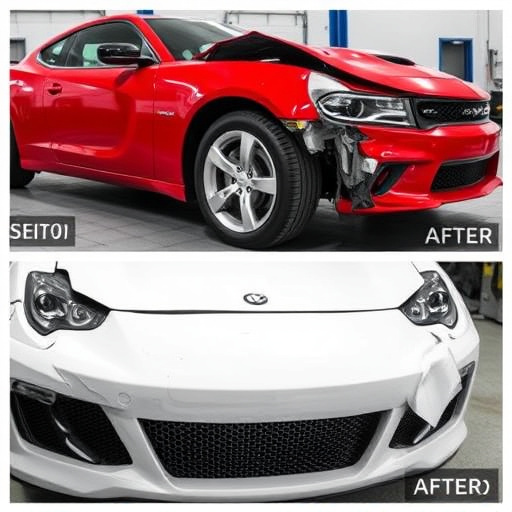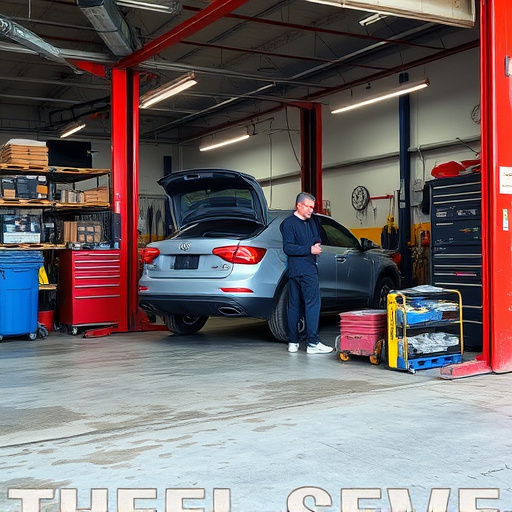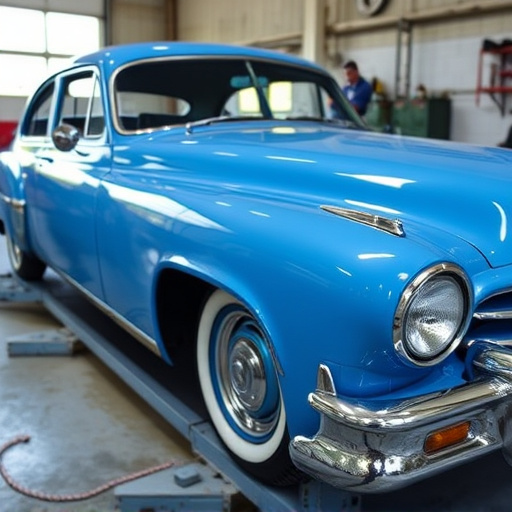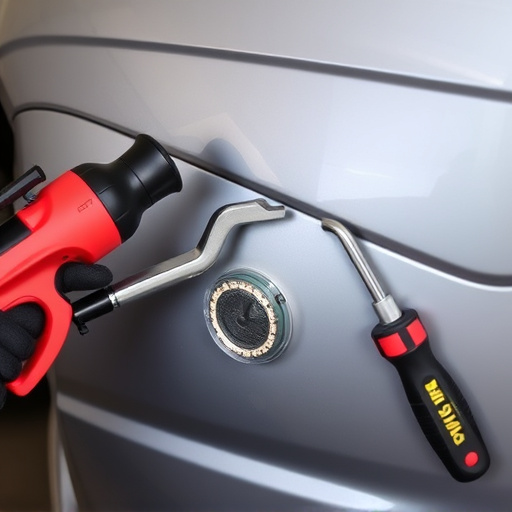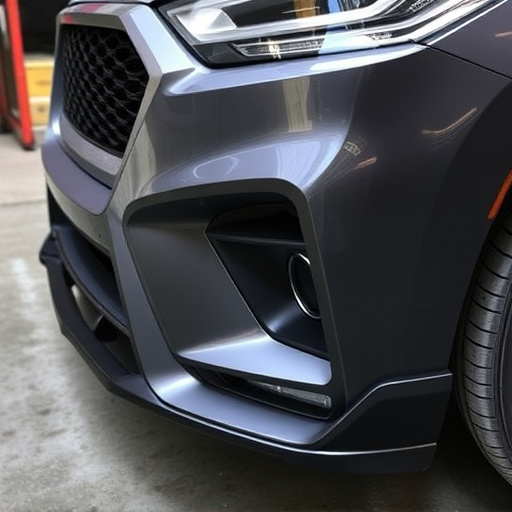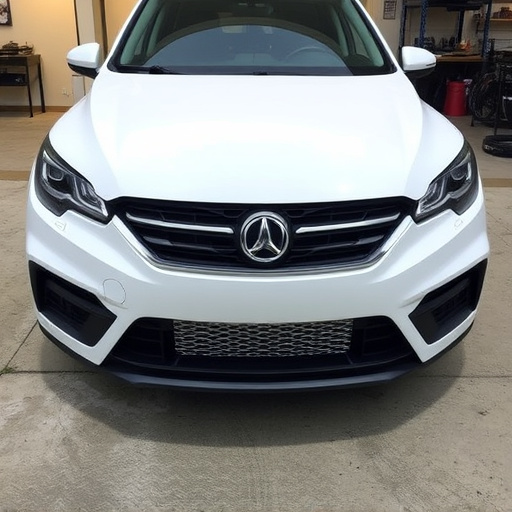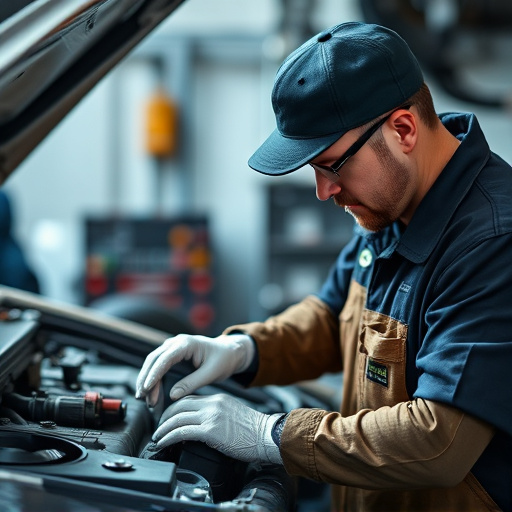Auto body repair pricing varies based on damage extent, materials, labor rates, shop reputation, and insurance coverage. Simple repairs are less expensive, while complex tasks increase costs significantly. Bumper repairs, due to their structural importance, are generally more costly than trim repairs. Pricing models include fixed quotes for simple jobs, hourly rates for complex repairs, and bundled packages to save customers money.
“In the realm of auto body repairs, understanding pricing is crucial for both consumers and professionals. This article delves into the intricate factors that influence auto body repair costs, particularly focusing on bumper and trim repairs. We explore the subtle differences between bumper and trim damages, offering a comprehensive cost comparison analysis. Additionally, we dissect common pricing models employed for minor repairs, empowering readers with knowledge to navigate this intricate landscape of auto body repair pricing.”
- Understanding Auto Body Repair Pricing Factors
- Bumper vs. Trim: Cost Comparison Analysis
- Common Pricing Models for Minor Repairs
Understanding Auto Body Repair Pricing Factors
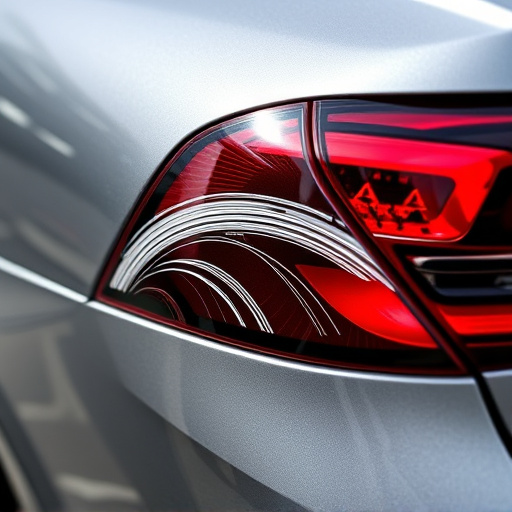
Understanding Auto Body Repair Pricing Factors
When it comes to auto body repair pricing, several factors influence the final cost. One of the primary considerations is the extent of damage. Simple repairs like car scratch repair or minor dent removal might be less expensive, while more complex tasks such as bumper replacement or extensive trim restoration can significantly drive up prices. The type of materials used also plays a crucial role; high-end parts and paints may increase the overall cost. Additionally, labor rates vary across car body shops, depending on their location, expertise, and equipment availability.
Another factor is the shop’s reputation and specialization. Specialized auto body repair shops might charge more due to their advanced techniques and expert technicians, especially when dealing with intricate dent removal or detailed paint jobs. Insurance coverage can also impact pricing; some insurance providers have specific guidelines and approved shops, which may influence the out-of-pocket expenses for customers. Understanding these factors helps individuals get a clearer picture of auto body repair pricing and make informed decisions when choosing a car body shop.
Bumper vs. Trim: Cost Comparison Analysis
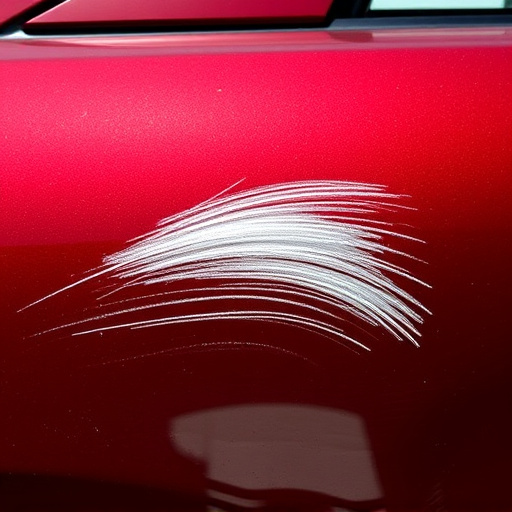
When it comes to auto body repair pricing, understanding the cost difference between bumper and trim repairs is essential for any car owner. Bumper repairs typically involve replacing or repairing the front or rear impact-absorbing barriers, which are designed to minimize damage in collisions. Due to their structural importance and often complex design, bumpers usually command a higher price point within auto body repair services.
In contrast, trim repairs focus on the non-structural components of a vehicle’s exterior, such as moldings, grilles, or side panels. These repairs are generally less costly than bumper replacements because they don’t carry the same safety regulations and often use simpler, more readily available materials. While dent repair for smaller areas might seem like a quick fix, the price can add up when addressing extensive trim damage, especially if custom parts are required. The automotive repair services industry reflects this distinction in pricing, where bumper repairs tend to be more expensive than trim work, given their critical safety function and complex fabrication.
Common Pricing Models for Minor Repairs
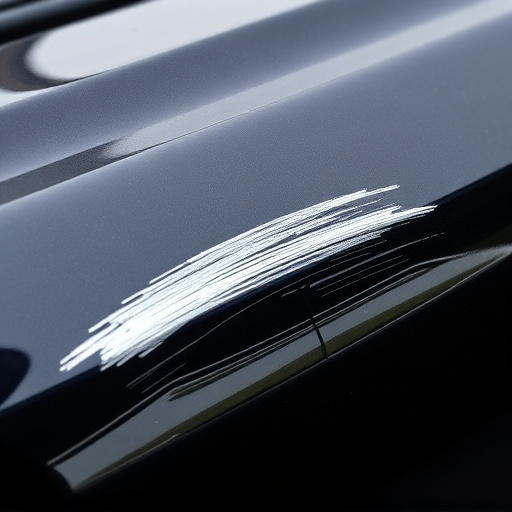
When it comes to common pricing models for minor auto body repairs, such as bumper and trim fixes, several approaches are frequently employed by reputable car repair shops. One standard method is the fixed-price quote, where a skilled technician assesses the damage and provides a flat rate for the entire job. This transparent approach gives customers peace of mind, knowing exactly what they’ll pay without any hidden costs. Another prevalent model is charging by the hour, which is suitable for more intricate repairs that may require additional time and precision.
Additionally, many automotive collision repair facilities offer package pricing for bundled services, making it convenient for clients with multiple minor repairs to get them all done simultaneously without overpaying. These flexible pricing strategies cater to diverse customer needs, ensuring fair auto body repair pricing while maintaining the quality of service associated with professional vehicle body repair shops.
Auto body repair pricing can vary greatly depending on factors like damage extent, vehicle make and model, and shop’s labor rates. Understanding these variables empowers car owners to budget effectively. When it comes to bumper vs. trim repairs, a detailed cost comparison reveals nuanced differences, helping consumers make informed decisions. Moreover, familiarizing yourself with common pricing models for minor auto body repairs ensures transparency and saves you from unexpected bills. By staying knowledgeable about auto body repair pricing, you can navigate the process with confidence and choose the best option for your vehicle’s needs.
